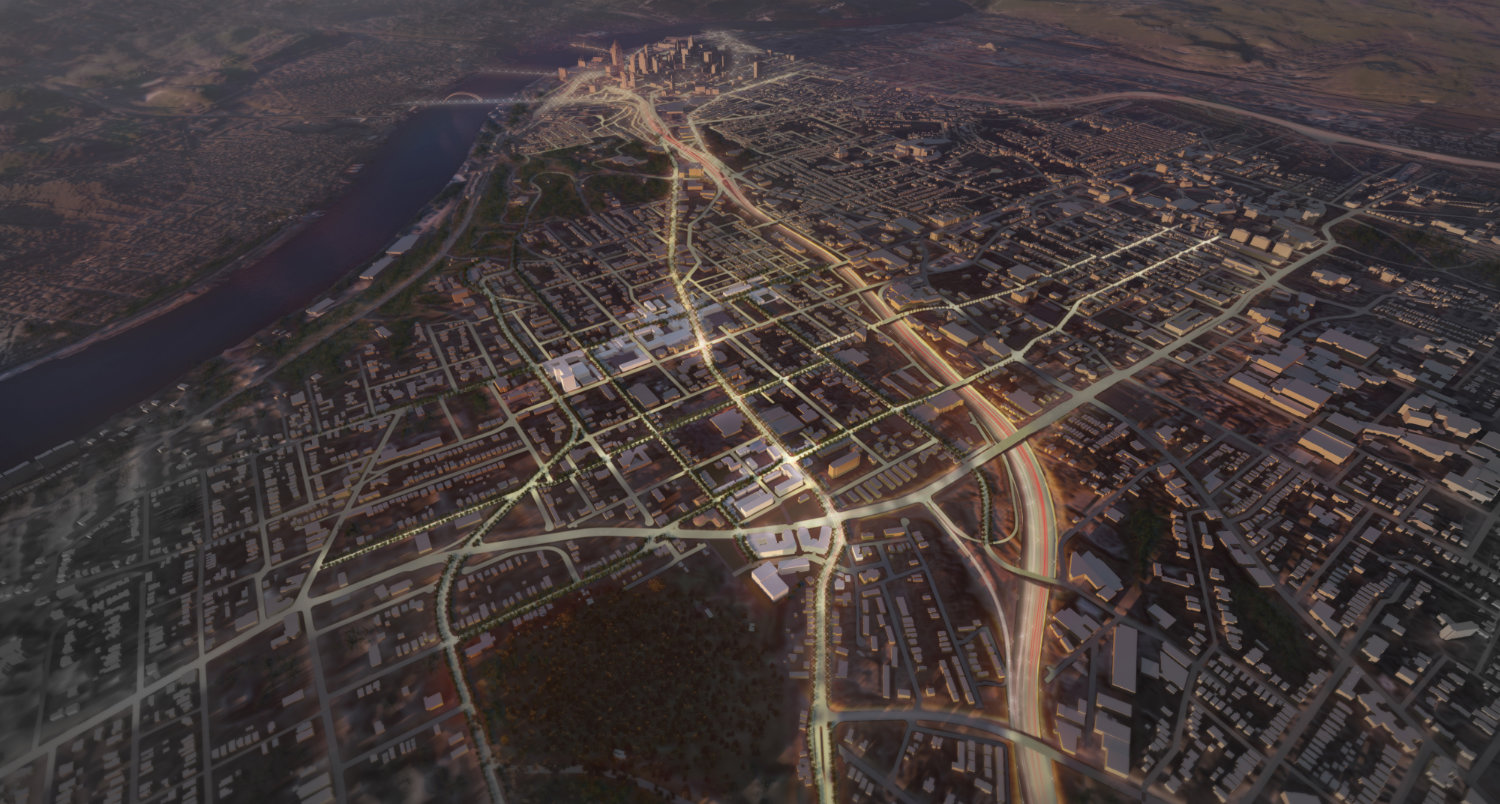
Walnut Hills Reinvestment Plan Cincinnati, Ohio
Services Provided
Community Planning
Urban Design
Pocket Park Design
Public Engagement
People Involved
Darren Meyer
Sean Hare
Creating an action-oriented investment plan to revitalize a historic urban neighborhood.
Walnut Hills is a historic first tier neighborhood located near Downtown Cincinnati and the University of Cincinnati. Over the past several decades the neighborhood has struggled with the demolition of historic buildings, disconnection from Cincinnati’s core, pervasive crime, and disinvestment in both private properties and the public realm. However recent revitalization efforts led by local organizations have begun to reinvigorate the neighborhood.
As part of this momentum, MKSK was engaged to work with the Walnut Hills Redevelopment Foundation and Walnut Hills Area Council to create a redevelopment plan that would guide further reinvestment efforts and continue to foster the revitalization of the neighborhood.
The Walnut Hills Reinvestment Plan evaluated the neighborhood’s current land uses, housing market, and investment potential to realize the goals developed as part of the planning process:
Create a targeted and action-oriented investment plan for the neighborhood.
Reach people typically left-out of the planning process, and understand the community needs and aspirations for the neighborhood in these areas.
Leverage partnerships with organizations, institutions, and neighborhood leaders to maximize positive impact of new development.
Identify barriers to development, new areas of opportunity, program, development strategies, and potential partners.
These goals speak to the study’s effort to balance redevelopment strategies with investing in current Walnut Hills residents in order to keep community members moving in, not out of the neighborhood. An example of this approach is the recommendation to create a Neighborhood Toolkit. This includes resources and development tools to help residents age in their homes longer and reinvest in their properties.
In line with this, public input was also integral in the planning process. A multi-pronged approach was taken to reach as many residents, business owners, and stakeholders as possible. Outreach activities included large town hall events, smaller sessions throughout the neighborhood, pop-up activities in the business district, open office hours at the Walnut Hills Redevelopment Foundation, and an interactive website.







